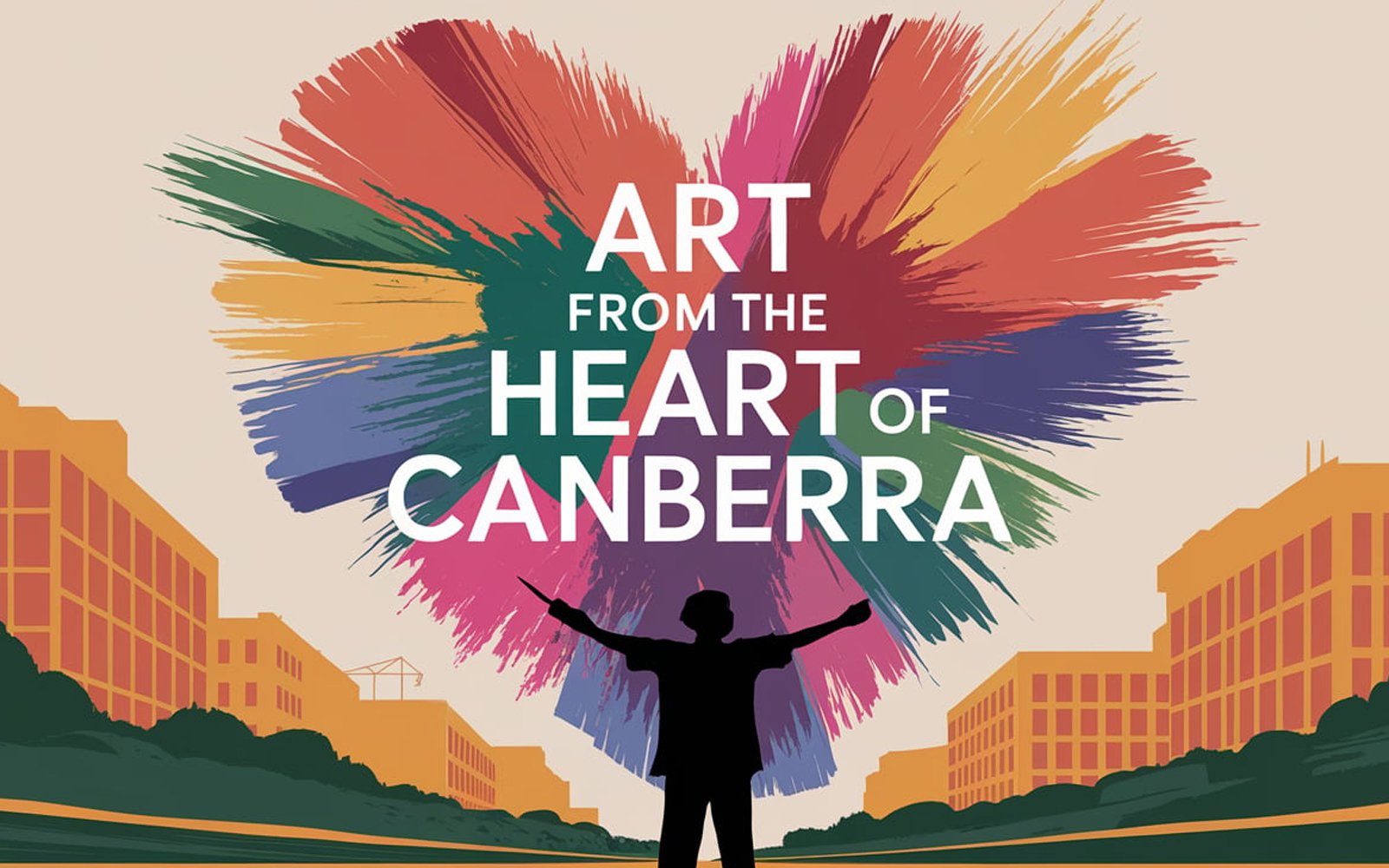Art from the Heart1 of Canberra
Showcasing the resilience of people who use drugs in the struggle of the war against drugs. A sustainable art project successfully addressing stigmatisation. Canberra Alliance for Harm Minimisation and Advocacy, Australia
Since the beginning of the war on drugs, governments and media have created a negative representation of people who use drugs that continues to shape damaging public opinion and murderous drug policy.
Prohibition is the Viagra of the politically impotent2.
The stereotyping, scapegoating and demonising of people who use drugs propagates misconceptions about us as depraved, immoral, and dangerous. These cultural misrepresentations are a specific form of political propaganda; a toxic and powerful formula achieved by manipulating, inflaming and exploiting the fears of the public with the (artificial and conflated) spectre of a national villain to unite the country for political gain3.
The demonization of drug users is a cheap and harmful tactic typically employed by weak governments. This type of populist politics results in legalisation and institutional policies that persecute and punish, rather than seeking responsible, evidence-based solutions designed to understand, support and reduce harm.
An obvious solution to this problem would be to counter stereotypic portrayals of drug users by projecting balanced, realistic, nuanced and humanizing representations of people who use drugs. However, unfortunately, the required shift has not yet happened in Australian, as government and media continue to portray people who use drugs in negative and harmful ways. The latest example of this is the defamation of the Melbourne Medically Supervised Injecting Room, broadcasted in stigmatising language by almost all Australian news channels.
Using the power of art for the social justice, tackling stigma, changing the narrative about people who use drugs, raising awareness about complexity of alcohol and other drug issues, fighting demonization of people who use drugs. This represents the fabric of social change.
CAHMA’s (Canberra Alliance for Harm Minimisation and Advocacy) response is based on community controlled, strength-based approaches, with designation of a space in CAHMA’s drop-in centre for arts and crafts activities. As popularity grew, CAHMA decided to respond to people’s interest in creative activities in a more structured way by organising a series of acrylic pouring workshops and hosting an exhibition of artwork created by people with lived experience of illicit drug use.
The project was enabled by a grant from the Women and Harm Reduction International Network (WHRIN) which placed the art group in the broader context of the 2019 Support Don’t Punish campaign, with a special focus on women who use drugs and elimination of violence against women. The exhibition was launched on 26th of June as CAHMA’s Global Day of Action event (“Wear Orange, Paint it Orange”). Many visitors attended the painting exhibition, read the artists’ stories and purchased artworks and all visitors had the opportunity to take photos in front of the “Orange wall’ specially decorated for this purpose.
Telling the story. People who use drugs have some of the most powerful stories of human experience that everybody can relate to. Providing an outlet for sharing lived experience is therapeutic for the whole of society.
The popularity of the exhibition prompted us to take further action, so CAHMA invested in building a website where paintings can be promoted and purchased. This has developed into a continuous action that is hugely empowering CAHMA service users and staff, also attracting the attention of other alcohol and drug services and of the wider community. CAHMA now participate in Orange the World Action with Orange Art Group monthly meetings every 25th of the month, where we continue to create artworks and stories that help to combat stigma and discrimination.
The power of art to change people’s lives! For many service users the art project was a first step towards starting to believe in themselves, creating a positive picture about themselves, deciding to continue education (enrolling painting courses for example).
Artwork sales have been significant. Buyers are mainly employees of alcohol and other drug, community and medical services who are purchasing paintings for their offices, waiting areas and counselling rooms. Most paintings have accompanying personal stories exhibited together with the artwork. Many of our artists are women who experienced violence on multiple levels throughout their lives and this experience of having their artworks and stories validated by the wider community has a huge empowering effect for the artists.
Art as a tool for social inclusion. Sharing stories with the broader community about the talents and strengths people who use drugs, providing a platform for broader community members to connect, empathise and identify with the artists through their artwork.
We have a new means to tell a different story about people who use drugs, a story about their talents, passion and strengths; we now have an independent platform using art to fight stigma and stereotypes about people who use drugs.
The best parts is popularity is constantly growing! Even mainstream services are referring their clients to the CAHMA Orange art group and last week the art workshop could not accommodate all interested people who wanted to participate.
Art Workshop days are celebrated by CAHMA workers as well because on that day the atmosphere in the service is completely different to the “normal” working days; it is fun, playful, energising and happy, presenting a significant relief from our usual working days when we are all focused on the horrors that the war on people who use drugs brings into the lives of our service users.
This is reconciliation in practice; it is an opportunity for Aboriginal and Torres Strait Islander and other artists to exhibit their artworks together, united with the common lived experience of discrimination and marginalisation because of prohibition. CAHMA’s art project has become a growing platform for illustrating an alternative story about drug users, a positive story about our talents, inspiration, strengths and dreams.
We hope that this action will inspire other services to organise similar actions in order to tackle the stigma attached to drug use and inspire social inclusion of people who use drugs. By working together on the concept of “positive propaganda” can we prompt more humanizing policy for people who use drugs.
Contact: natasa.nikolic.nat@gmail.com
Art Project/health Promotion Coordinator at CAHMA
1 Art From the Heart is a model developed by Medically Supervised Injecting Centre (MSIC) in Sydney in 2011 as an experimental art project applied in conditions of harm reduction low threshold service (Art-from-the-heart-of-the-cross) . The main characteristic of Art From the Heart model is showcasing artworks of people with lived experience of drug and alcohol use.
2 Term coined by Alex Wodak in discussion about drug law reform
3 Drug Policy Alliance. (2016, March 22) Top Adviser to Richard Nixon Admitted that “War on Drugs” was Policy Tool to Go After Anti-War Protesters and “Black People” retrieved from drugpolicy.org


